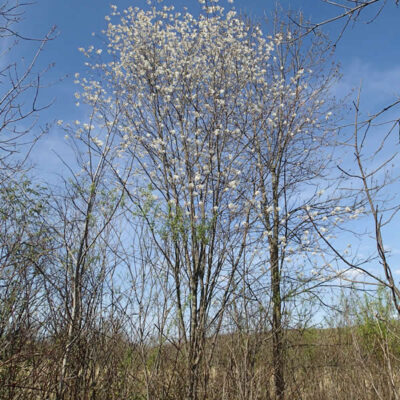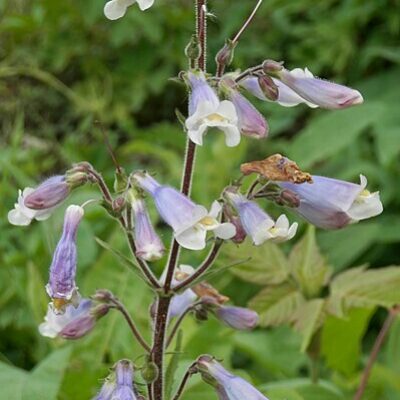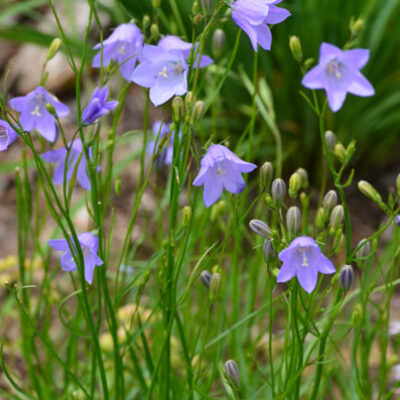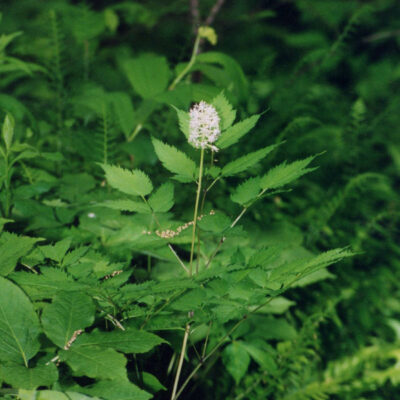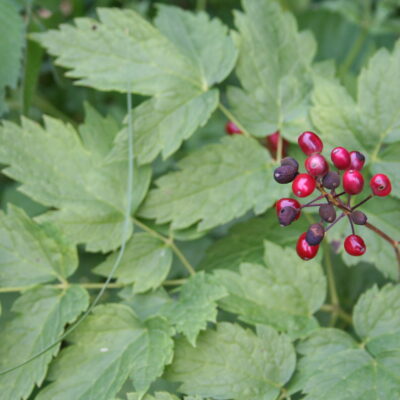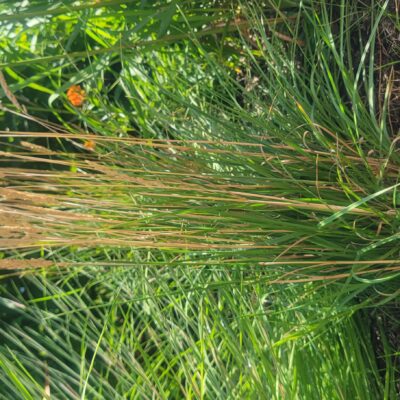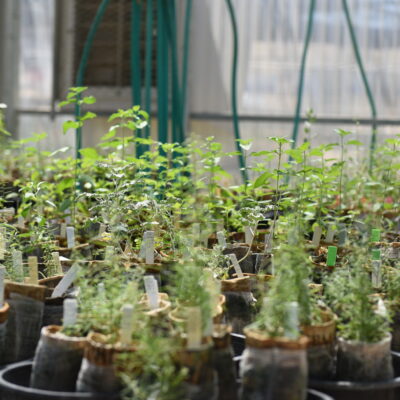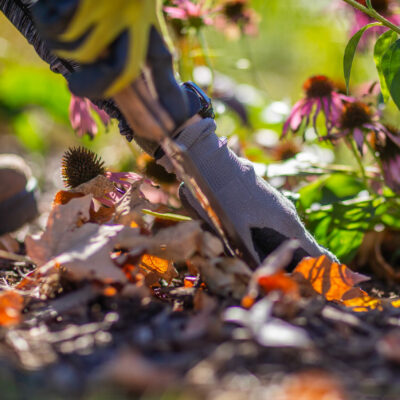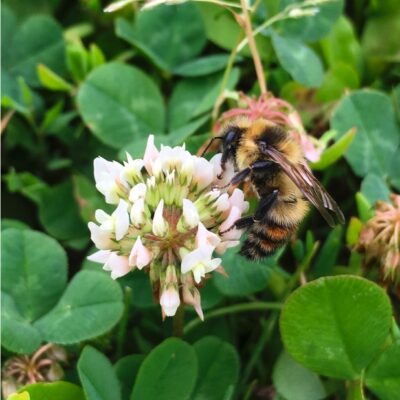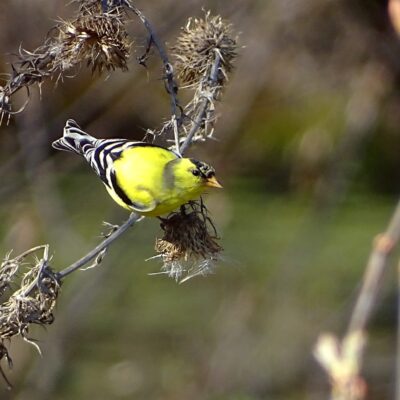Search Results
Juneberry
Hairy PenstemonPenstemon hirsutus
HarebellCampanula rotundifolia
White BaneberryActaea pachypoda
Red BaneberryActaea rubra
June GrassKoeleria macrantha
Spring Native Plant Sales in Minnesota
It’s almost time for a new growing season! We’ve put together a list of upcoming native plant sales in the Twin Cities Metro and throughout Minnesota. Sales will be continually… Read More →
Summer Maintenance for Pollinator Gardens
Native plants are hardy. Well-adapted to Minnesota’s harsh winters and summer heat, they don’t need much care to thrive. Once established, they provide food for pollinators, strengthen soil, and clean… Read More →
Lawn Care for Pollinators: Beyond No Mow May
Minnesota bees are rising from their winter slumber. Some native bees overwinter underground; others are cavity-nesters and find refuge in hollow sticks and stems. Different bee species emerge at different… Read More →
American Goldfinch: Joy on Thistles and Quilts
The following essay is by environmental educator Nick Voss, Education & Outreach Coordinator at the Vadnais Lake Area Water Management Organization. Photo by Nick Voss. The American Goldfinch is a… Read More →

